Diwali is unique beyond being just a festival that has meaning, for millions of people in the country of India, it is a symbol of happiness, fellowship and optimism. Diwali In India, celebrated with wonderful illuminations, beauty and vigour right from homes to cities through lights, fireworks and Beautiful rangolis. However, the fact that the rituals of Diwali differ from one part of the country to another makes the festival mystical and unique due to the cultural diversification of the country. Starting from the Northern belt towards the southern part, from eastern evergreen India to the western margins, each region of India has a flavour of Diwali different from the other.
While the narrative of Lord Rama’s homecoming after the battle against Ravana is quite common in the northern part of the country, people in the southern state rejoice in the triumph of Lord Krishna over Naraka Sur. There are many legends, and rituals in other regions of the world, and each is relevant to them. Diwali 2024 will be celebrated on Sunday, 3rd November as Diwali 2024 approaches let’s understand how this festival is celebrated in different parts of India.
11 Unique Diwali Rituals- Diwali in India
1. Gujarat: Earthen Lamps and Garba
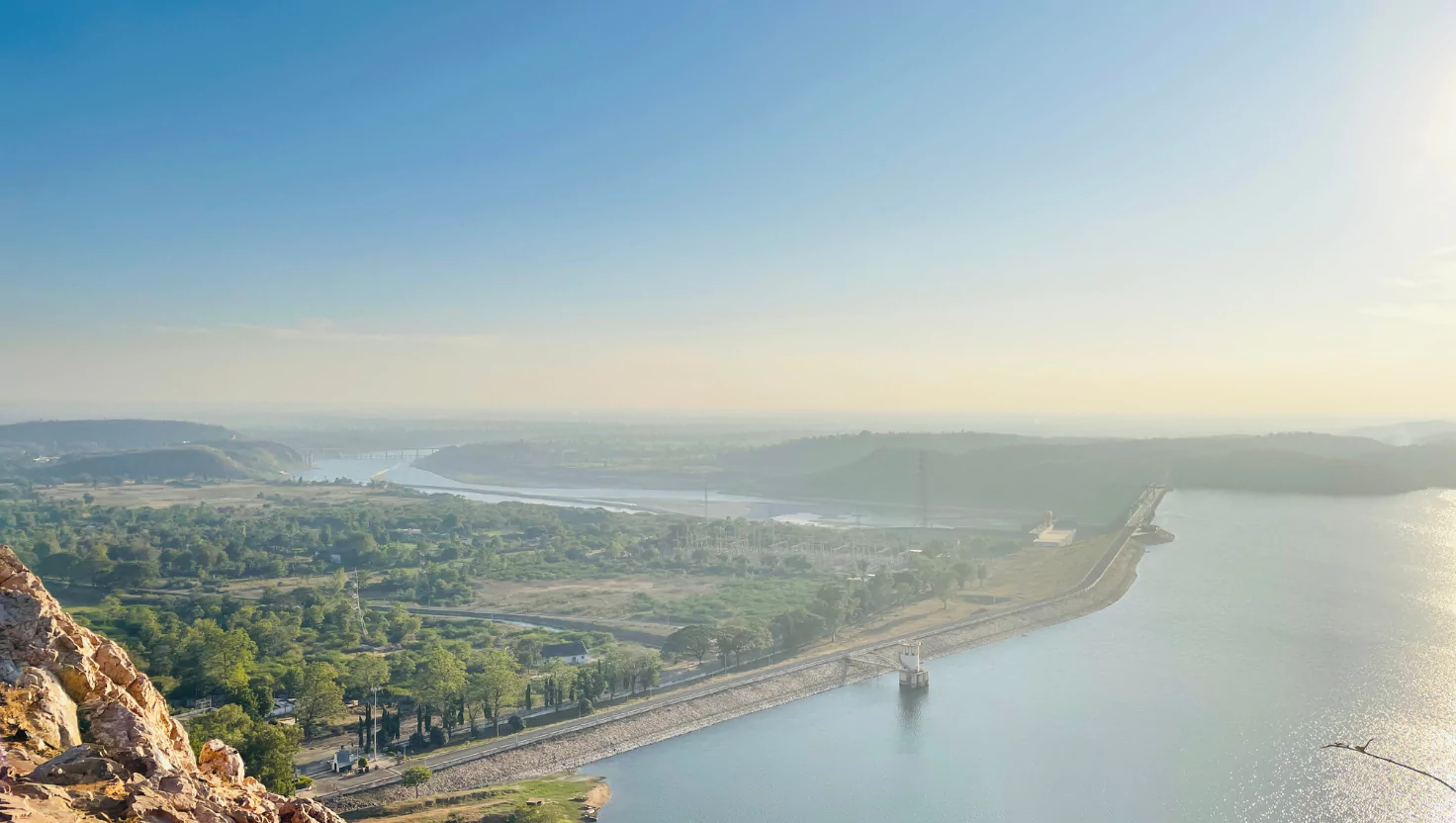
Diwali in Gujarat is incomplete without lighting lamps made of clay because the festival depicts the win of light from the dark. The other significant festival component is Garba, which entails people dancing in circles as they sing folk tunes and move under the night stars. This is the time when not only Diwali is being celebrated but life also to some extent.
In Vejalpur village, people perform the ritual shooting of live firecrackers. As very risky and mystical, this ritual can be associated with purification through fire, with evil being the only thing that can be destroyed by it.
2. South India: Naraka Chaturdashi
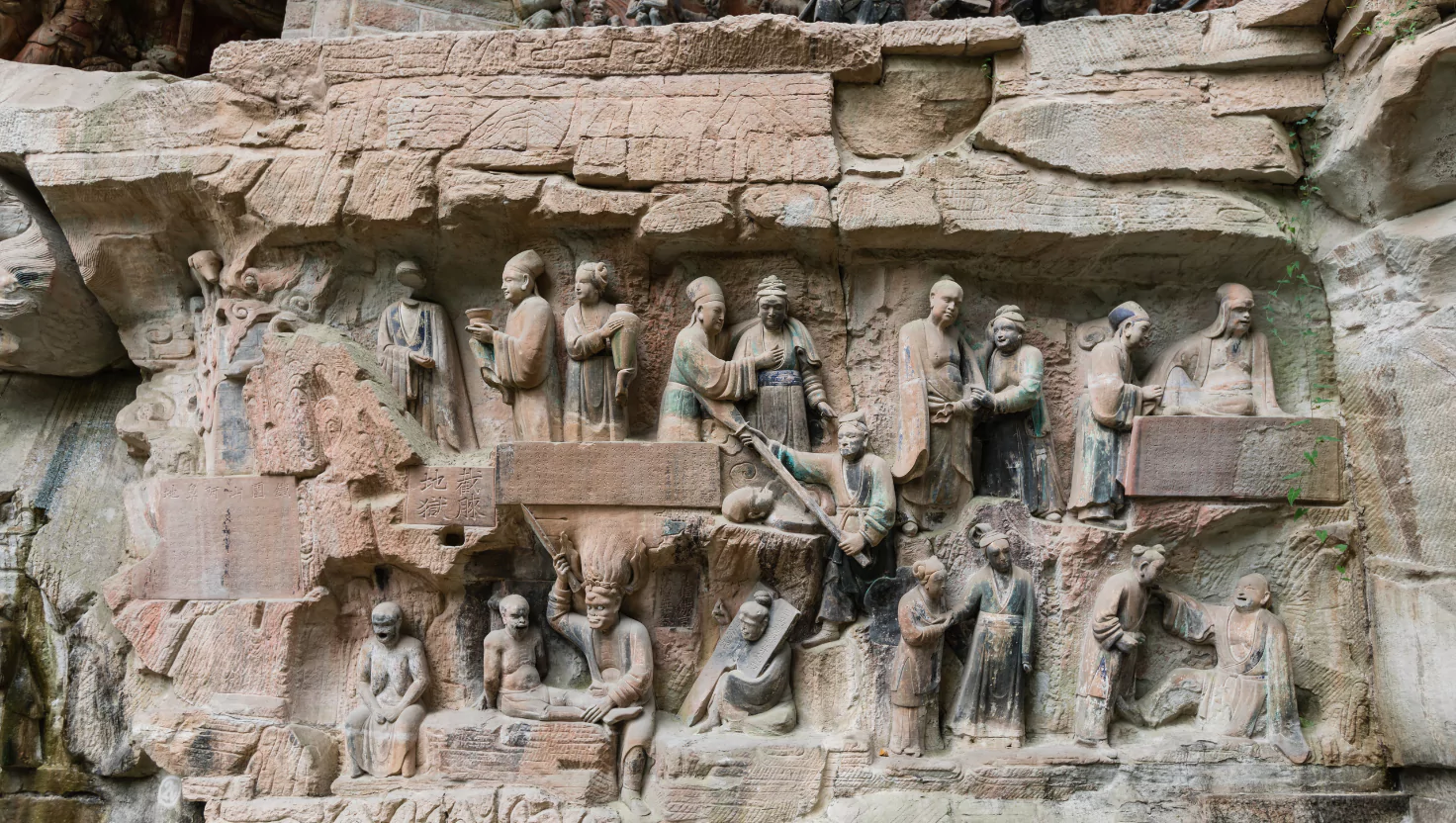
Diwali starts in Karnataka and other parts of South India with Naraka Chaturdashi which marks Lord Krishna’s victory over the demon Narakasura. Men on this day take a bath early morning with oil, which signifies the scarification of sin. Hence, this tradition has great significance, which was practised by Lord Krishna after the war. The Karnataka custom of Balipadyami celebrates King Bali and conventional farmers provide food to the fields for a prosperous yield.
3. Bengal: Kali Puja
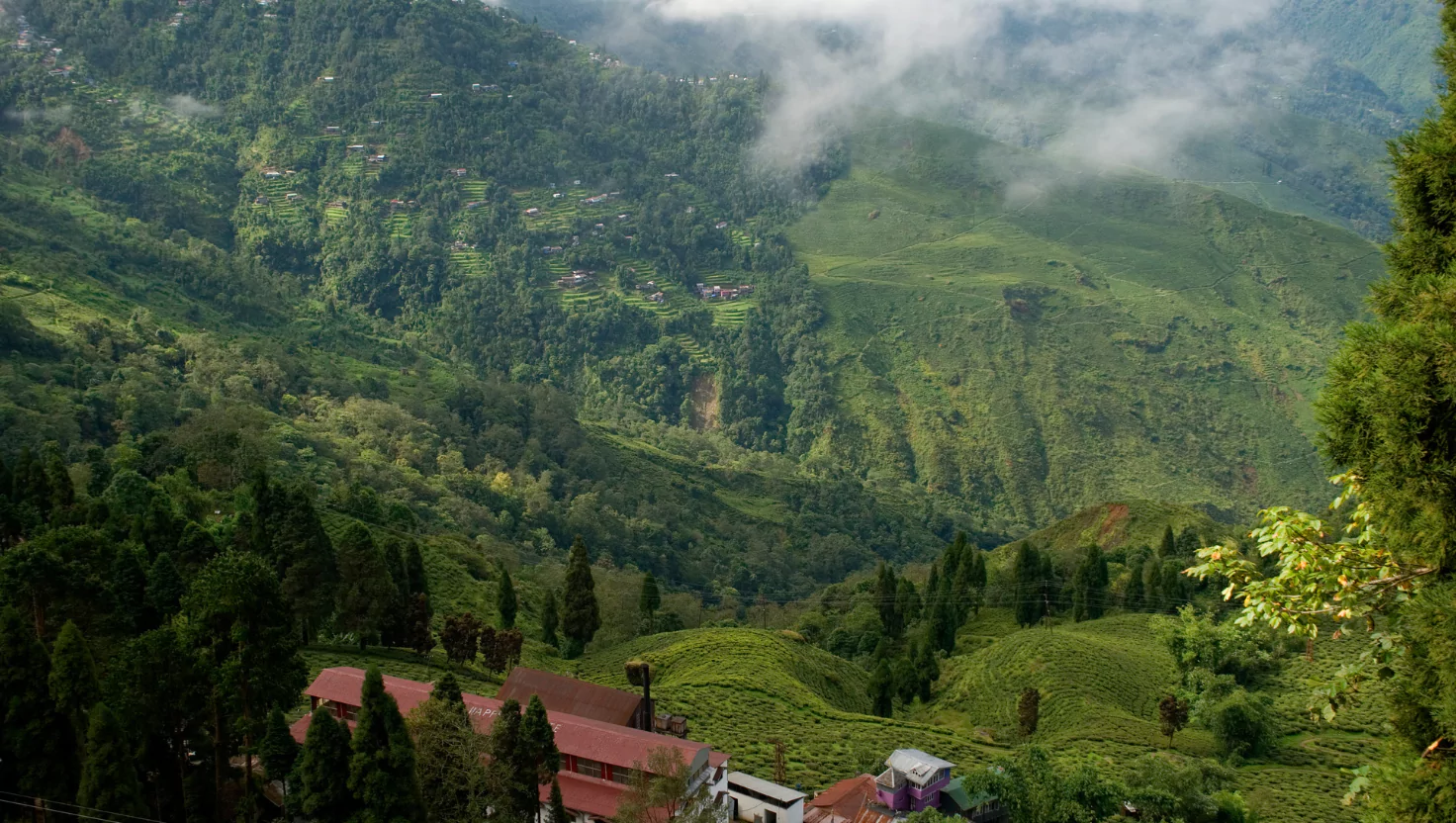
Diwali observed in West Bengal is associated with Kali Puja. Kali the destroyer is highly revered in homes and most temples with ardour but can be observed most devoutly in the two temples of Kolkata the Dakshineswar Temple and Kalighat Temple. These rituals are performed at night with the goddess dressed up in hibiscus flowers and fed sweets, rice and fish. Some also light up their homes with 14 diyas on the eve of Diwali to scare off the evil spirits in Bhoot Chaturdashi.
4. Rajasthan: Diwali Sweets and Fireworks
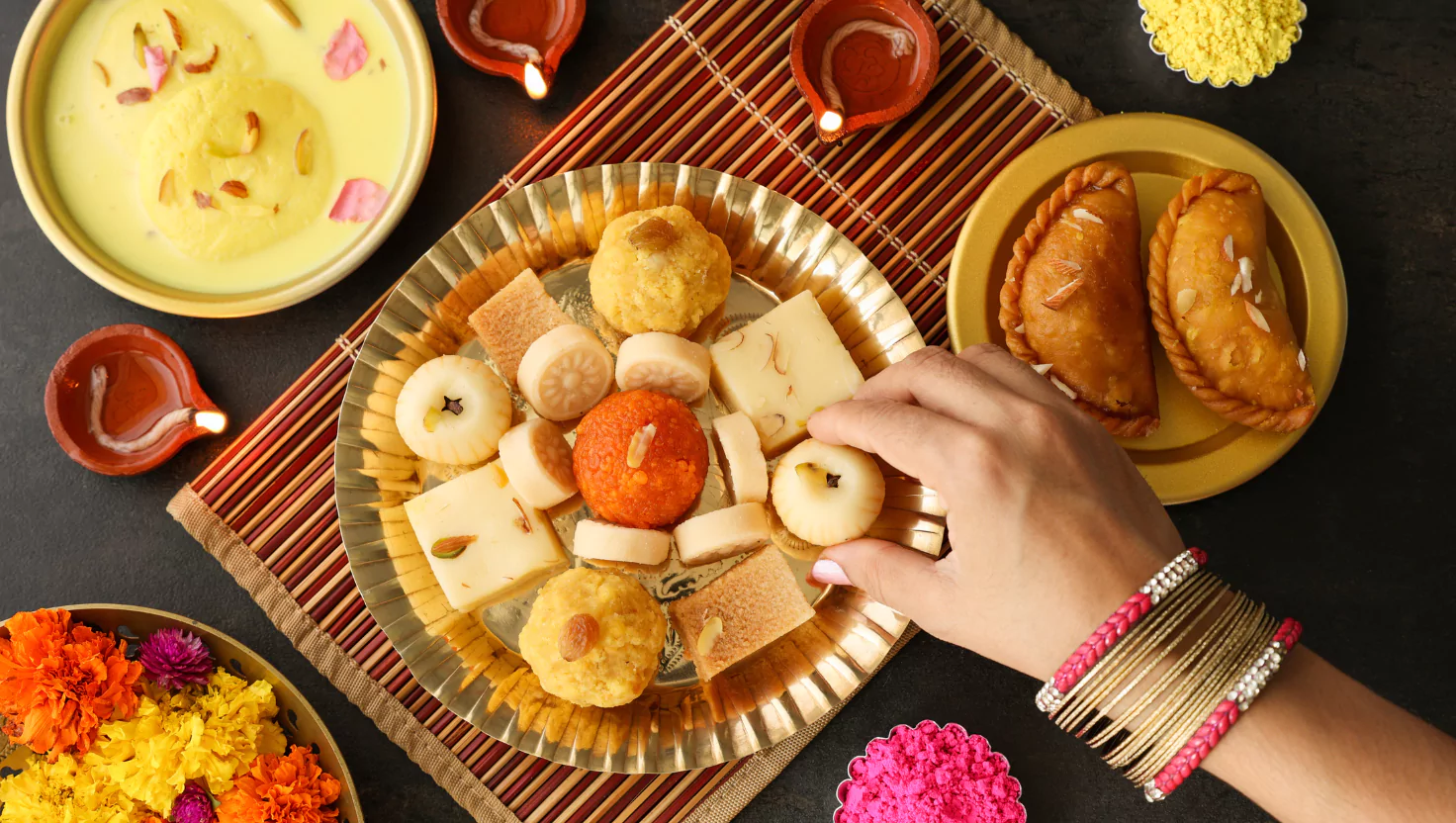
Diwali festival in Rajasthan has always been striking a balance of sweetmeats, fireworks, and real sparkles. Families make besan laddoos, ghevar, and mathri beforehand, and they are often made weeks before the day of the festival itself. Lighting the palaces, havelis and houses in lines of diyas and lights makes scenes look enchanting. People celebrate by setting off fireworks in the night sky of the desert while the markets are full of activities. Diwali also demands the exchange of sweets and other gifts between families to extend their bonding.
5. Maharashtra: Lakshmi Puja also known as Kali Puja and Yamandeepdaan
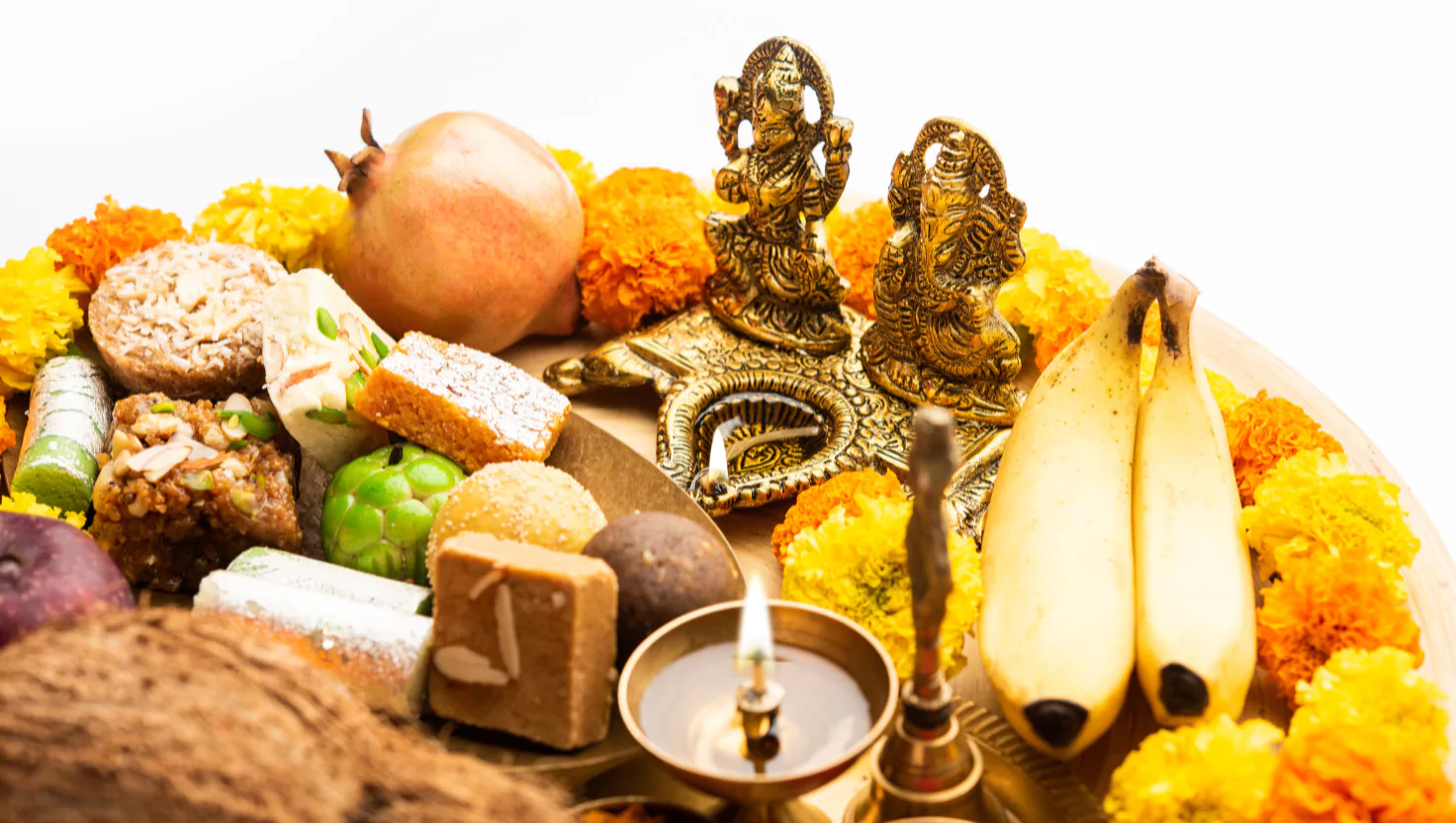
Diwali celebrates the triumph of good over evil or The Lakshmi puja that takes place in Maharashtra which forms the essence of Diwali. In Yamandeepdaan, women light diyas for each male member of the household because they wish for him to live a long and prosperous life. One of such traditional practices is making lamps from fruits and the use of cow dung as a source of fuel to light their homes, probably because there is no better way to tell the story of the region than through indeed, a story of a region naturally and agriculturally inclined.
6. Odisha: Kaunria Kathi and Chopda Puja
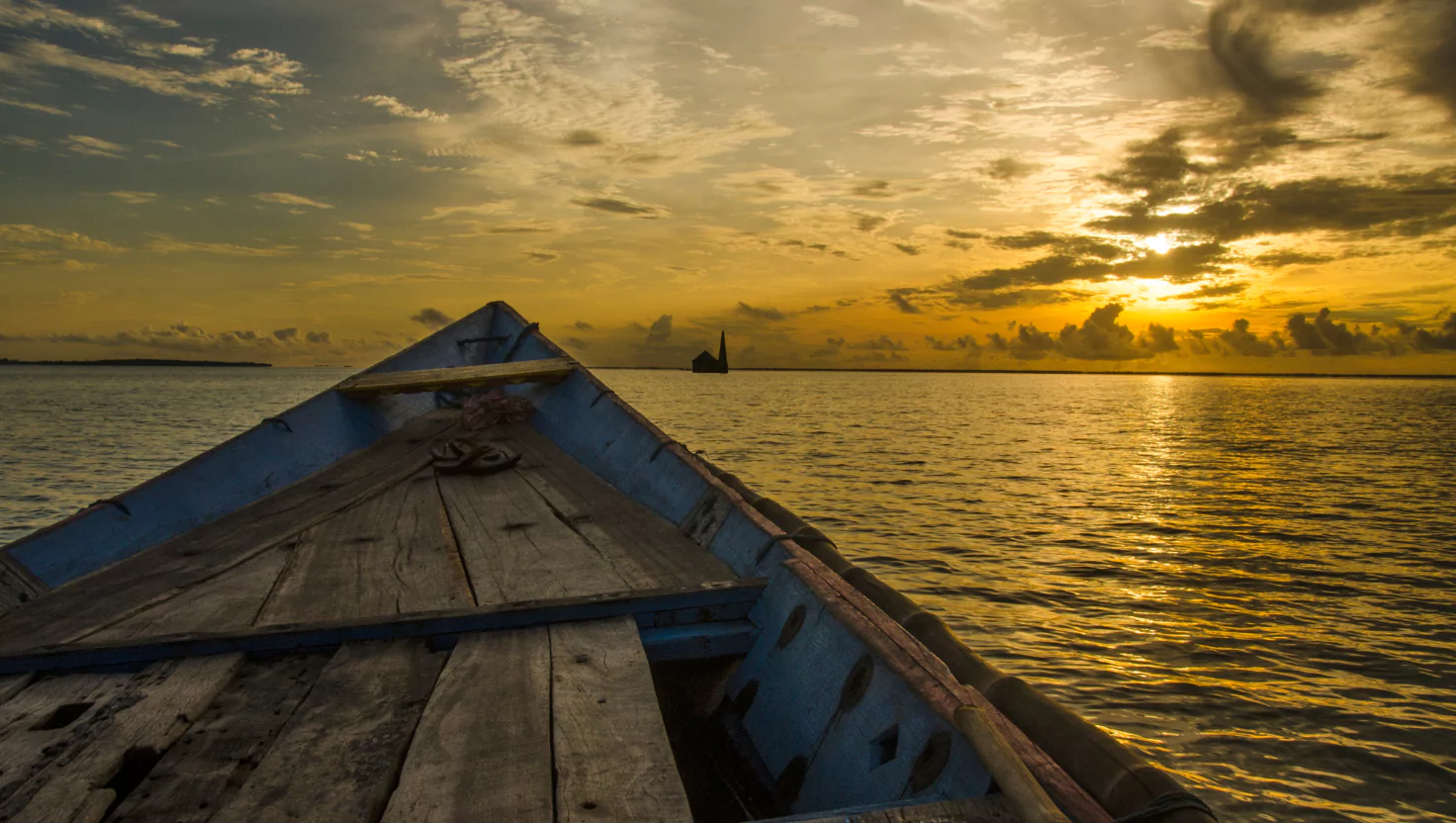
The festival also has a distinctive mode of worship known as Kaunria Kathi in Odisha where people offer jute stems and burn it as offerings to their ancestors. The burning jute flames may also be interpreted as an invitation for the ancestors to bless their kin. Similarly, the Chopda Puja includes the rituals to be performed on account books through which the businessmen pray for their business success in the upcoming year.
7. Kerala: Minimalist Diwali Pooja
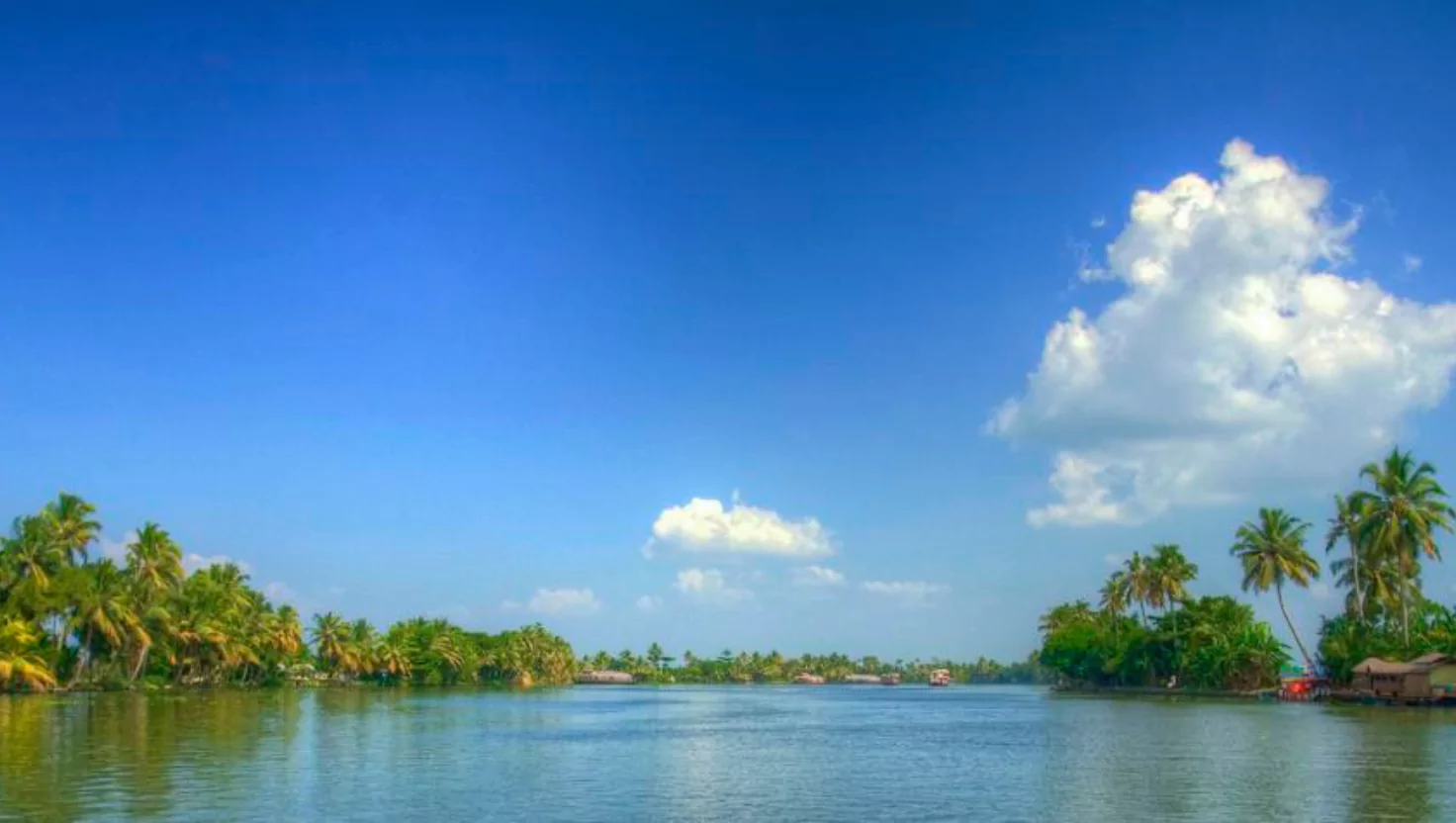
Diwali is relatively not a very elaborate festival in Kerala compared to most of the other states in India, but it is a lowkey festival. The day recommences the annual visit of King Mahabali and is generally memorialized with poojas in traditional style and the making of Kerala sweets and dishes. Though some houses light diyas, Diwali is not as flamboyant in this part of India and the elegance of the plainness is emphasized.
8. Punjab: Bandi Chhor Diwas
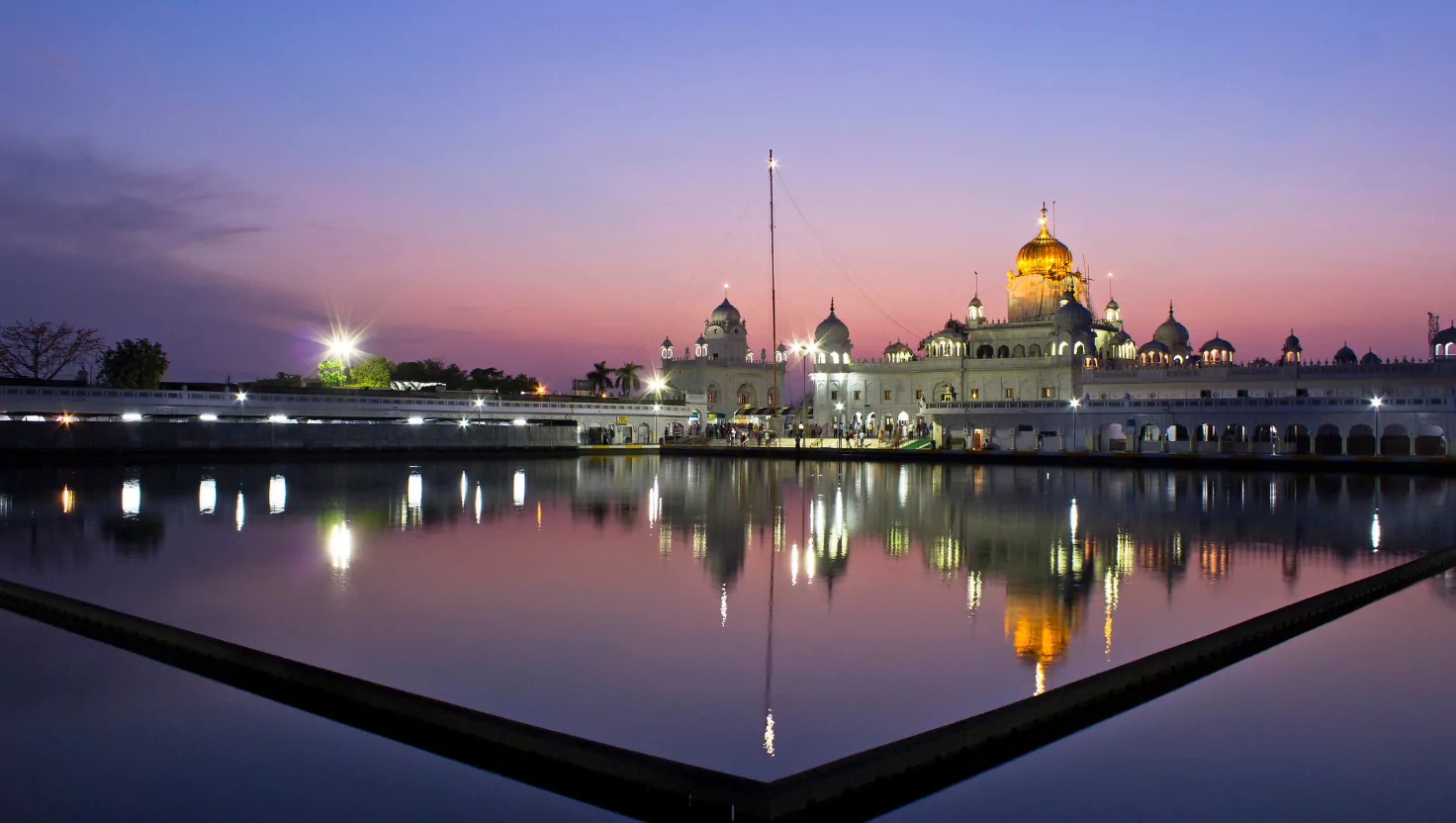
In Punjab, Diwali is related to Bandi Chhor Diwas where Guru Hargobind Ji along with other sixty prisoners was freed from Gwalior Fort by Emperor Jahangir. Houses and gurudwaras glow with the light of diyas and the festive atmosphere includes bursting of firecrackers, exchanging of sweets, and other delicious foods. Because of the semi-annual Baisakhi festival, the Golden Temple in Amritsar assumes the status of a leading place of worship.
9. Uttar Pradesh: Diwali Yajna
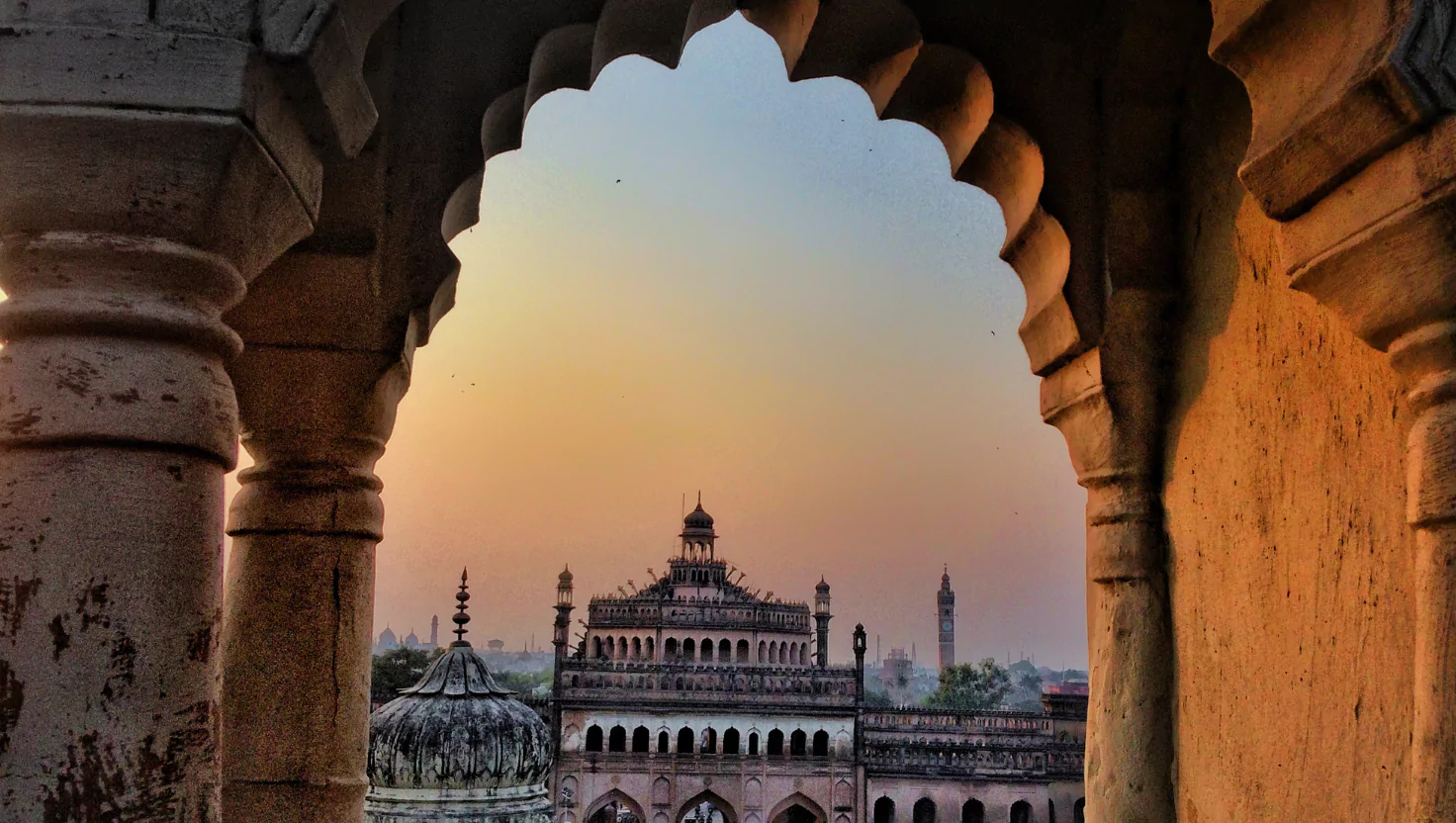
In the region of Uttar Pradesh, especially in Banaras or Varanasi, on the day of Diwali, the families discharge yajnas or fire merits along the auspicious river bank of Ganga. Lakshmi puja is done with much faith and the evenings are all entertaining with lavish aartis and fireworks displayed over the river. The film recreates thousands of years of history, such as the sacred city of Ayodhya illuminated with millions of diyas, on the arrival of Lord Rama.
10. Tamil Nadu: Sri Krishna Jayanthi
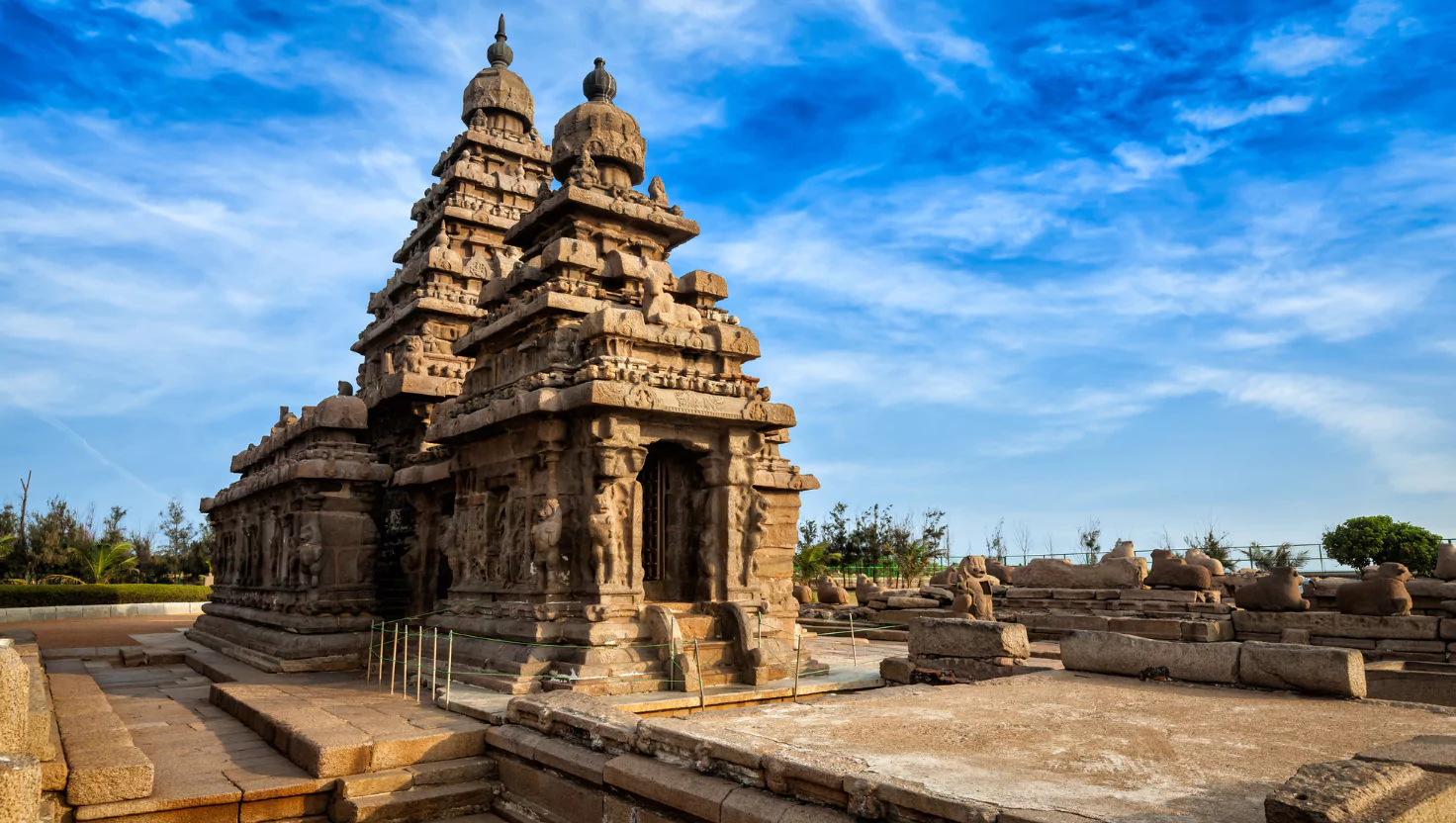
In Tamil Nadu, Diwali carries special importance for the reason that Lord Krishna killed Narakasura on this day. It is also celebrated as Sri Krishna Jayanthi in many parts of the state and special puja is arranged in temples exclusively dedicated to Lord Krishna. Some individuals are found to rise early in the morning, wash their bodies with oil and put on clean clothes as a way of conforming to the cleaning ceremony. Particular recipes such as Ukkarai and Adhirasam are made as part of the festival.
11. Goa: Narkasur Effigy Burning
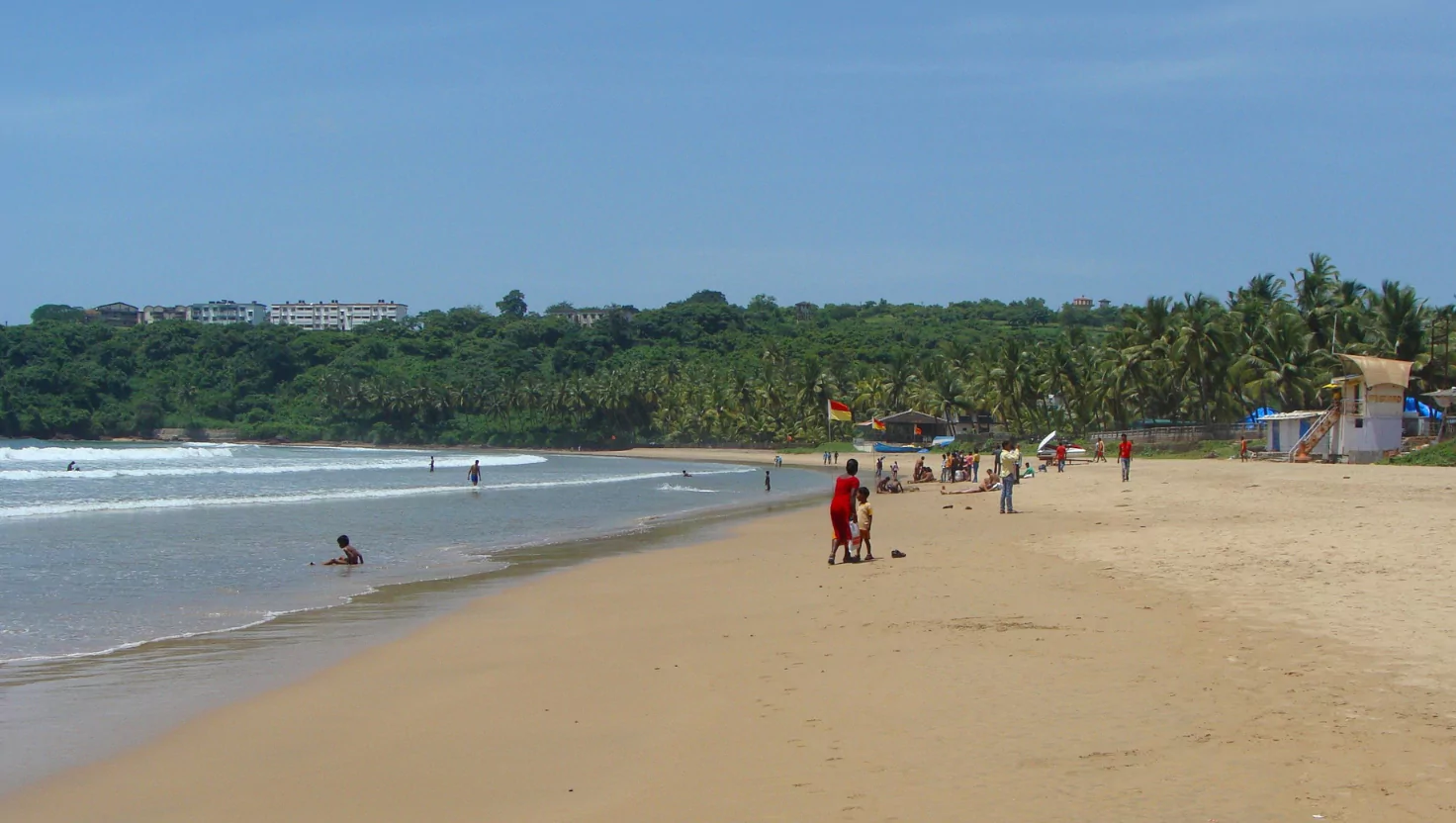
Diwali in Goa is observed as ‘Narkasur Chaturdashi’ – large statues of the demon Narkasur are made of paper, hay etc, which are burnt later. These dummies are then brought out for a procession and thereafter burnt in the morning signaling victory for the good over the devil. This is followed by the lighting of fireworks, and celebrations, and the overall feeling in the streets of Goa transforms into a festive atmosphere.
Diwali in essence is a festival that is more nationalistic than religious since the whole country celebrates the victory of light or positivity over darkness. This is very true as I have seen the grand Garba nights of Gujarat, the worshipping of Ma Kali in Bengal and the Narkasur effigies in Goa. Due to this the Diwali celebrations are not limited to a festival but showcase the cultural completive and diversification of India.


